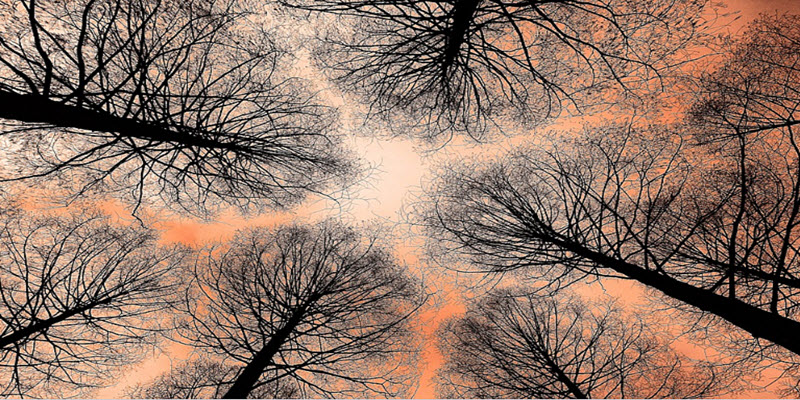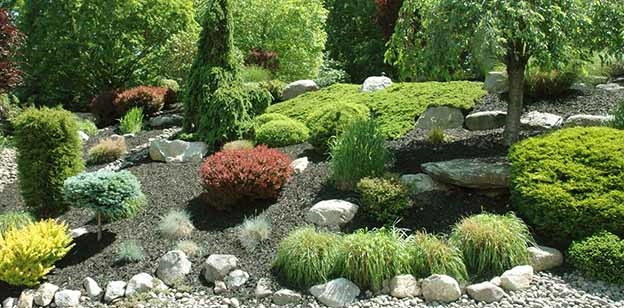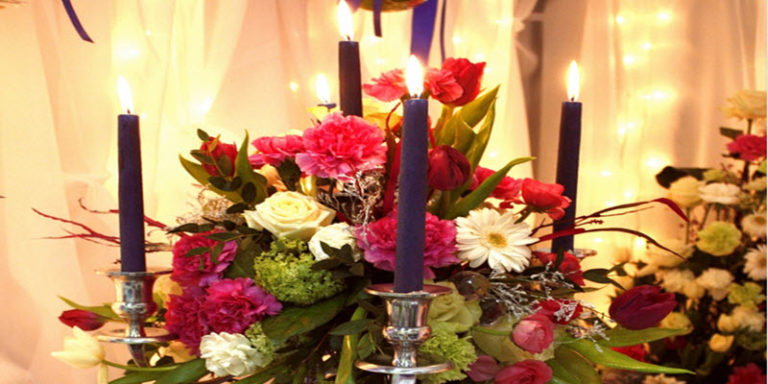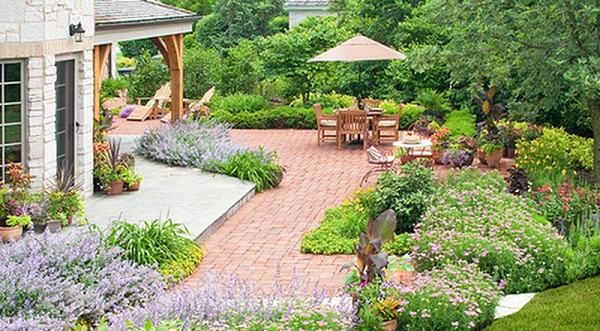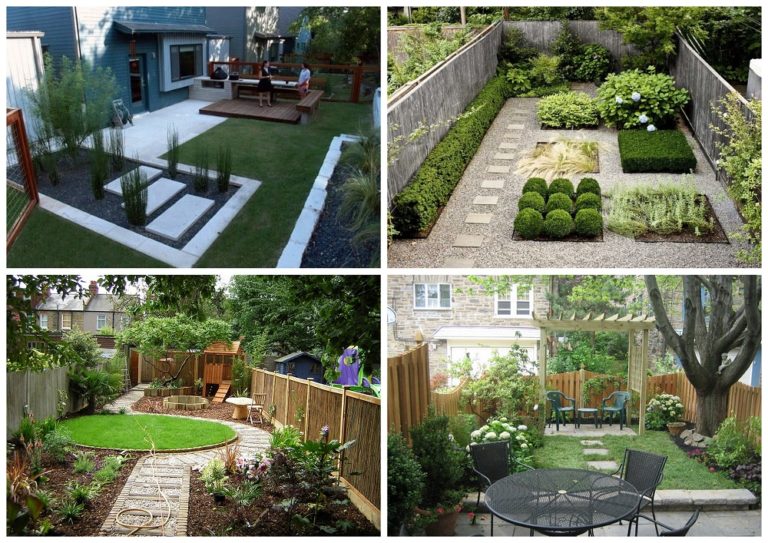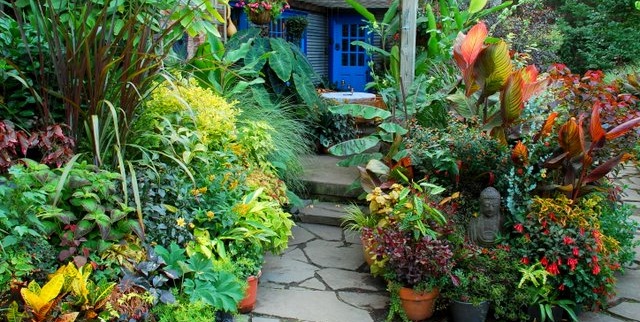Group of conifers in landscape design
Increasingly, conifers are used in landscaping. Many new ornamental varieties with a dense crown and rich color of glycera have already been bred. It is not difficult to decorate the site with conifers yourself, the rules for planting and care there are very simple. This will save you a lot of money.
Найбільш стійкими та популярними є морозостійкі різновиди смереки,
fir, pine, juniper
It makes sense to buy young plants and plant them according to the planting pattern. Sometimes inexperienced gardeners plant pines or spruces near a fence or too close to each other, so growing plants die or become stunted. Meanwhile, even wild natural plant material can create real masterpieces, not to mention highly decorative varieties.
The strict geometric shape of spruces, pines, firs and thuja gives a wide scope when creating regular compositions. The ruffled or buoyancy of juniper and cypress allows you to create original landscape groups. And thuja, yews and even pines and spruces can be cut, giving them the desired shape.
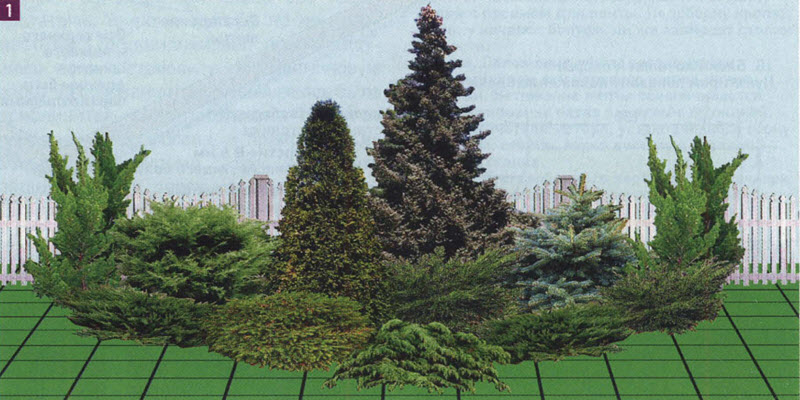
For example, the coniferous composition in photo 1, with normal planting, covers an area of 10-12 meters in length and about five meters in depth. If desired, it can be stretched up to 15-18 m in length, and the depth can be reduced to 3.5-4 m.
The vertical base of the group is set by three trees of different heights, having a conical or pyramidal crown shape.
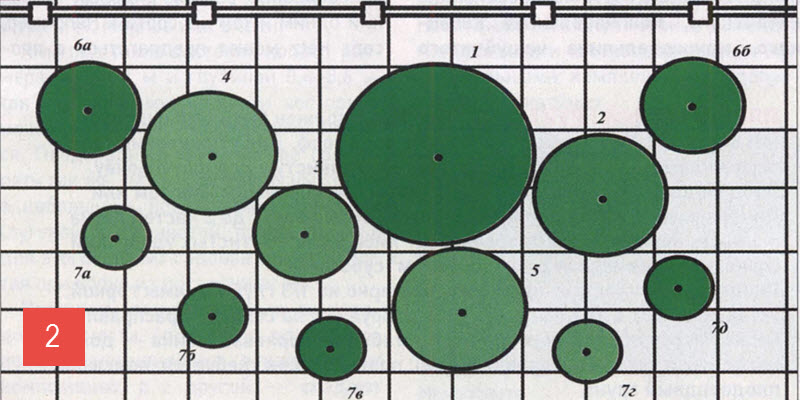
1 – monochromatic fir , Caucasian fir , prickly spruce , Brewer’s spruce , Canadian hemlock. These plants at the age of 30 years reach a height of 8-10 meters and are almost not exposed from below.
2 – low pyramidal crown and bluish-gray color of needles – characteristic of prickly spruce . This tree grows slowly, reaching a height of 3-4 meters. An alternative can be a dwarf variety of Serbian spruce , which reaches 2-3 meters in height, or common spruce , which reaches 3-4 meters.
3 – the narrow-conical or pyramidal shape of the crown is provided by varieties of western thuja.
These varieties have pine needles colors ranging from dark herbaceous to emerald green. But if desired, you can add yellow colors by planting the Europe Gold variety.
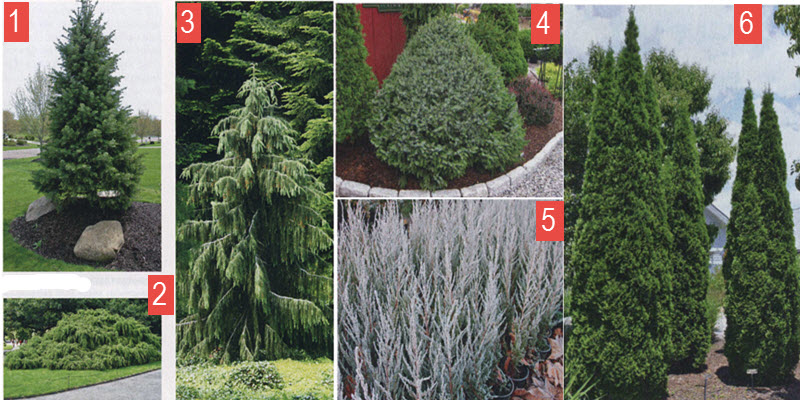
1 – Fir is monochromatic. 2 – Canadian hemlock. 3 – Brewer’s spruce . 4 – Serbian dwarf spruce . 5 – Juniper “Blue Arrow”. 6 – Western thuja.
After installing the plant, the pit is completely covered, the soil is well rammed and an irrigation ring is formed – a mound of earth in the shape of a circle.
The middle tier of the composition consists of bushy conifers. These are a variety of bonfire junipers, the crowns of which really resemble bonfires or cockerel tails. The height of such plants is 0.8-1.2 m.Over time, such plants grow and cover the lower parts of larger trees, like skirts.
Under numbers 4 and 5, you can plant bonfire varieties of Chinese, Cossack, scaly, Virginian, medium juniper .
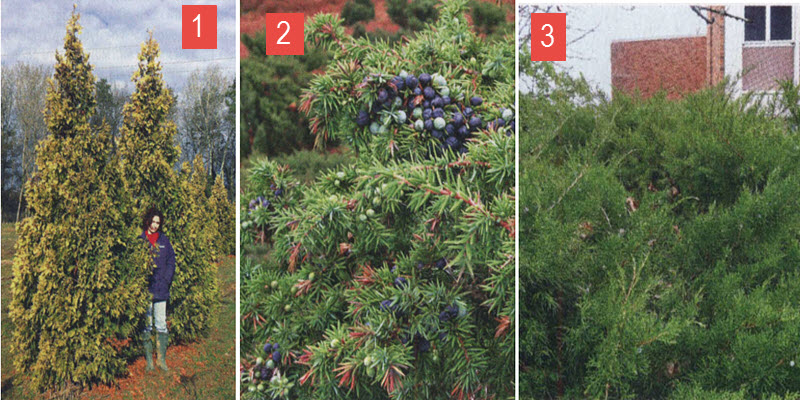
1 – Western thuja “Europe Gold”, 2 – Rock juniper, 3 – Chinese juniper.
If the composition is kept in a landscape style, varieties of Chinese or ordinary juniper are planted, which have a loose crown.
Junipers with a pyramidal or columnar crown will also give a more strict look to the composition – these are some varieties of Chinese juniper (J.chinesis Obelisk, Spartan, Stricta), common (J.communus Arnold, Gold Gone, Hibernica, Suecica), rock (J.scopulorum Blue Arrow, Skyrocket). In places 7a-7d, low bushy forms of conifers are planted, reaching a height of 0.5-0.6 m in adulthood.
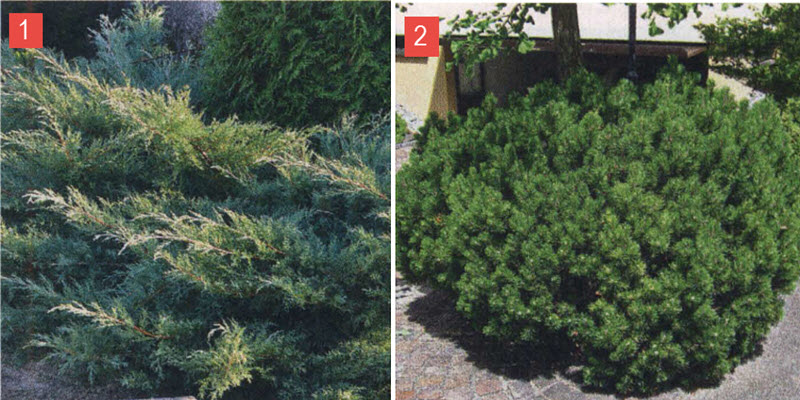
1 – Virginia juniper “Gray owl”, 2 – Mountain pine
These plants emphasize the gradual transition from a tall composition to a lawn. Here you can use dwarf, pillow-shaped varieties of Scots spruce (P. abies Little Gem, Nidifomis), mountain pine (P. mugo Gnom, Mops, variety V.Pumilio), a large number of horizontal juniper (J. horisontalis), varieties of common juniper (J. communus Depressa Aurea, Green Garpet, Repanda), Cossack juniper (J. sabina Tamariscifolia), microbiota (Microbiota decussate).
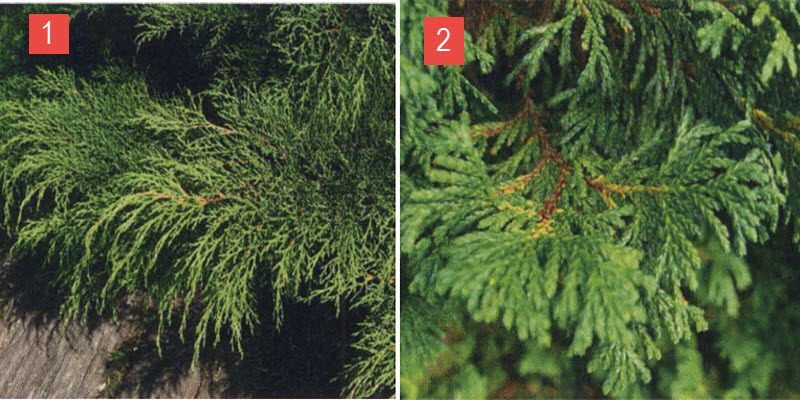
1 – Microbiota, 2 – Pea cypress
The parterre will look good if it contains plants of different species in shape and color. Non-coniferous shrubs that bloom profusely can also be planted in the parterre – roses, rhododendrons, galangal, hydrangeas, perennial or annual flowers, onions, primroses.
Lavender comes in pink, purple, white, and even yellow.

